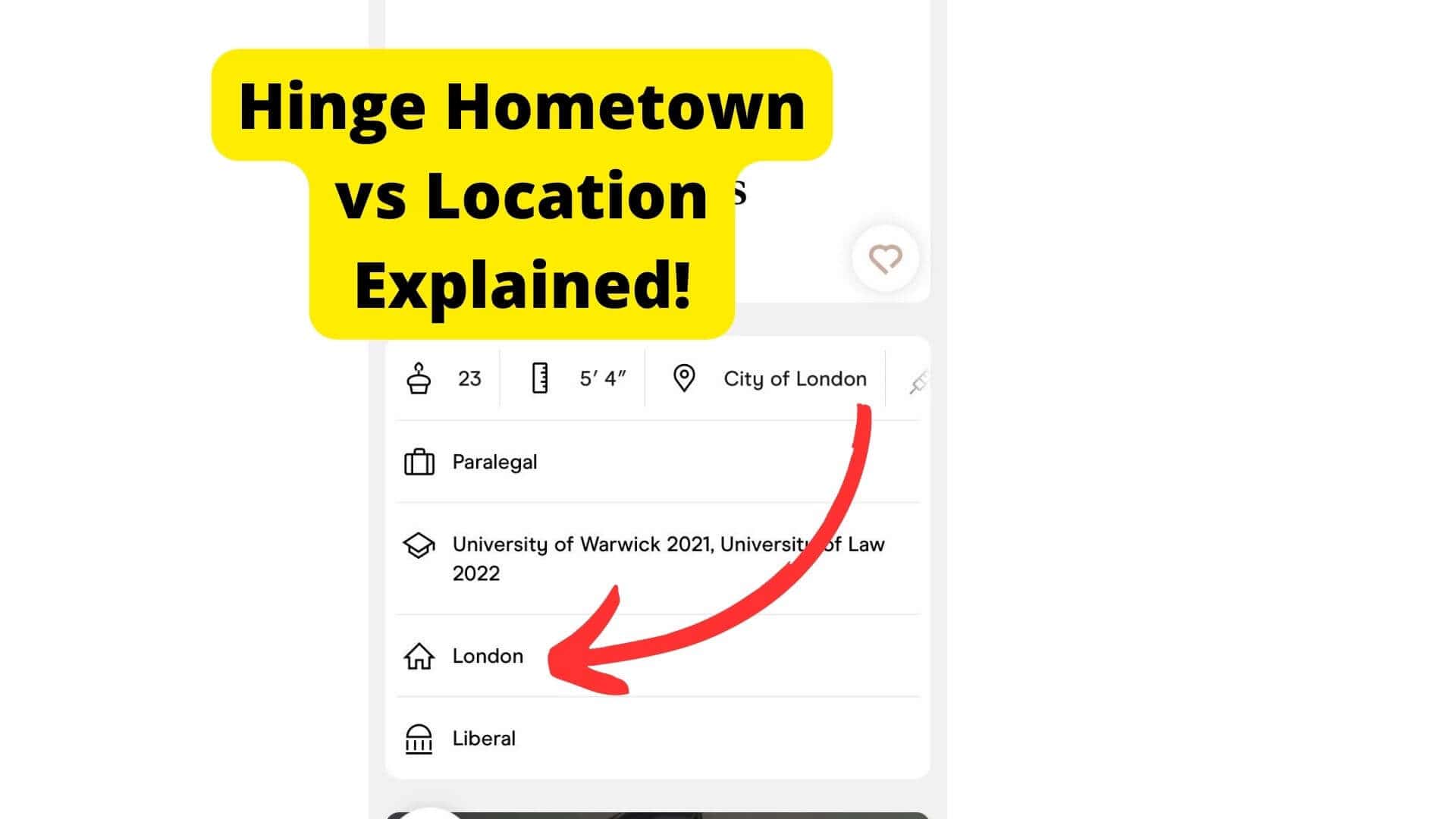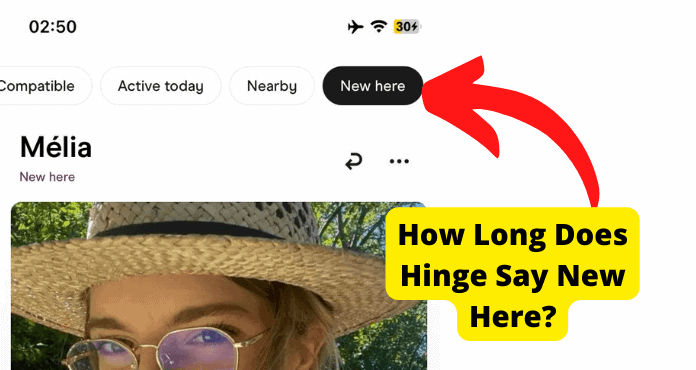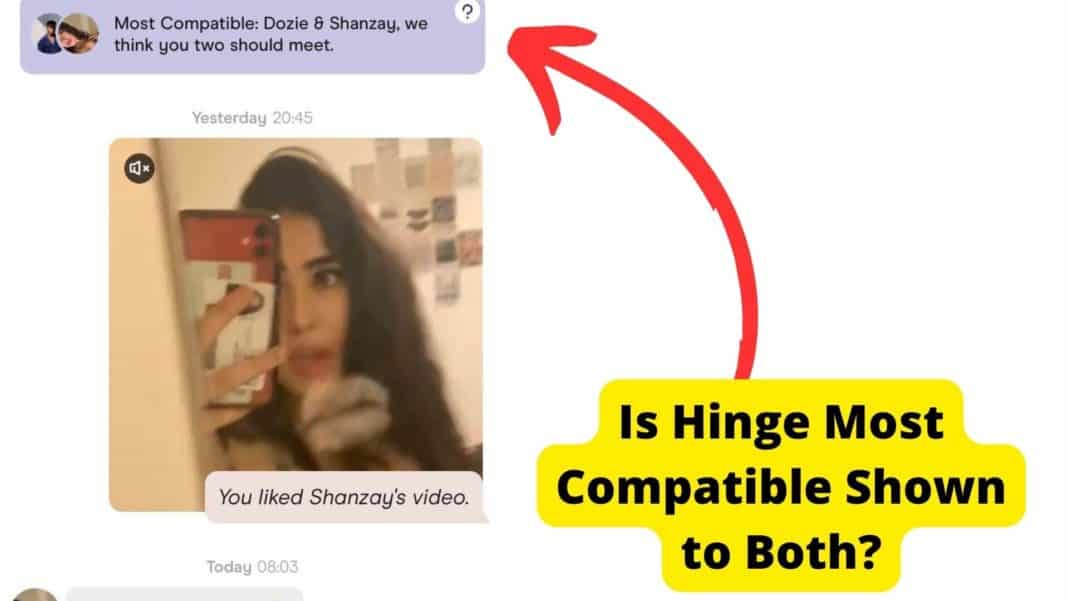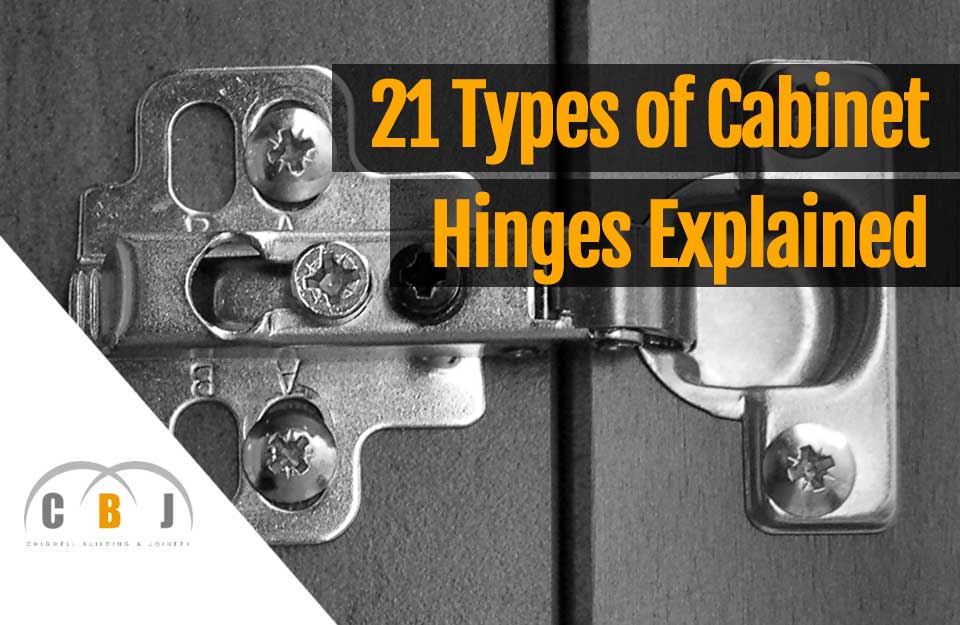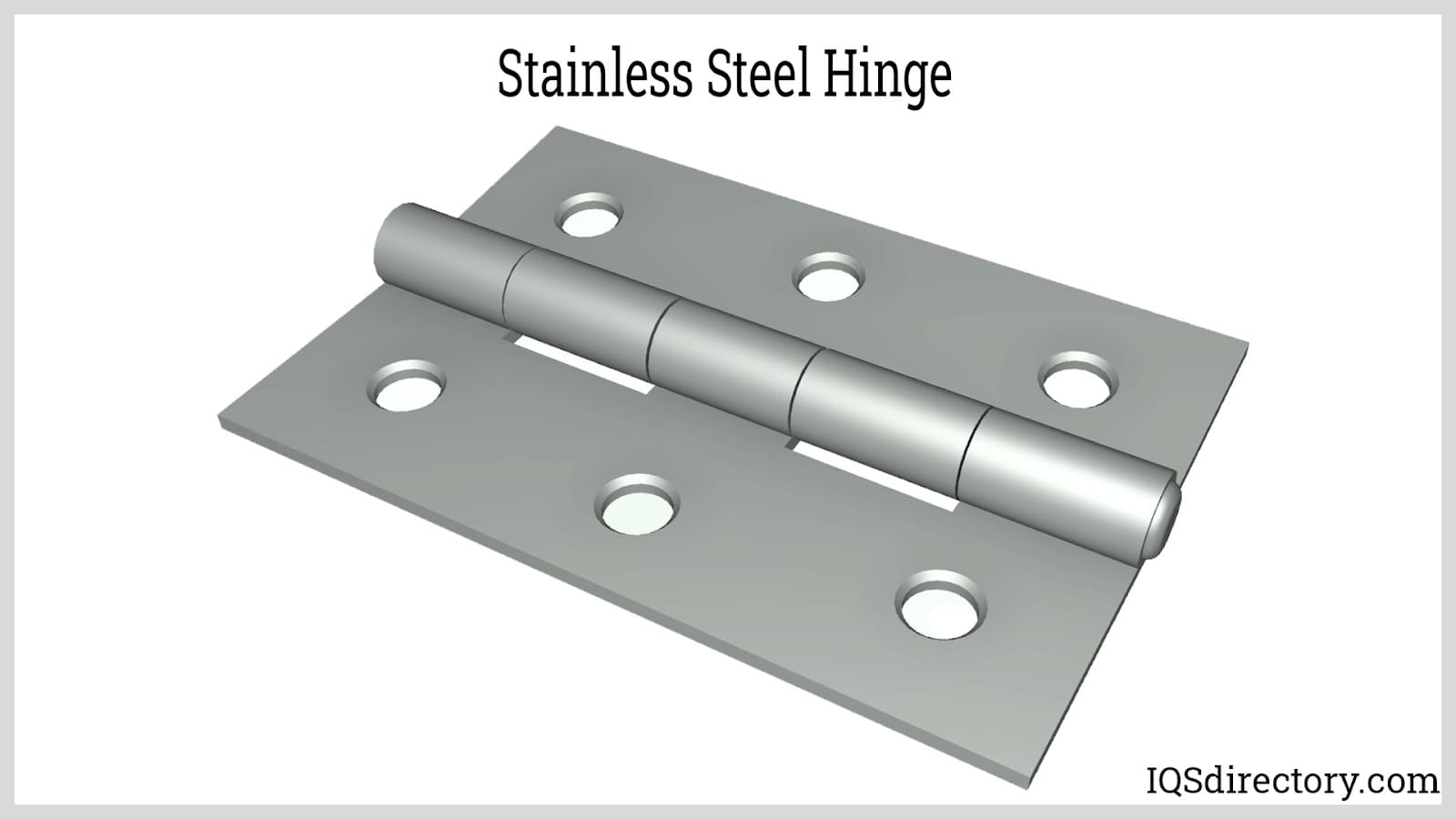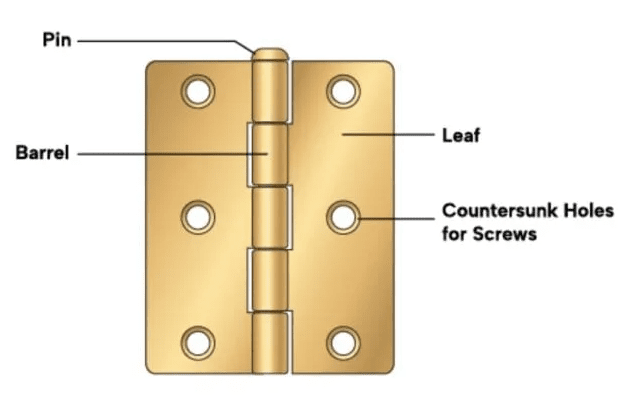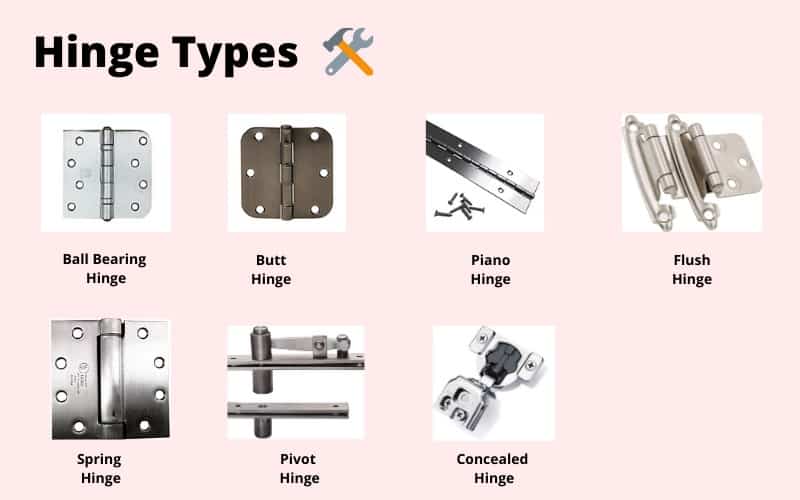How Long Does Hinge Say New Here

The digital dating landscape is a constantly shifting terrain, and for newcomers joining apps like Hinge, understanding the initial visibility period is crucial. How long does Hinge brand a user as "New Here," and what impact does this designation have on their experience? This question has become a significant point of curiosity and speculation for users navigating the app.
The "New Here" tag on Hinge is designed to boost visibility for new users, theoretically increasing their chances of making connections early on. This article delves into the specifics of this introductory period, exploring its duration, its effect on matching algorithms, and the strategies users employ to maximize its benefits. We'll examine official statements from Hinge, analyze user experiences documented online, and consider the implications of this fleeting digital spotlight.
The Elusive "New Here" Tag: Duration and Functionality
Determining the exact timeframe of the "New Here" designation on Hinge is challenging, as the company doesn't publicly disclose the specific algorithm or duration. However, based on aggregated user reports and anecdotal evidence, the consensus leans towards a period of approximately one to two weeks.
This timeframe aligns with the typical onboarding period for other social media platforms and dating apps designed to encourage initial engagement. It's a window of opportunity where new profiles are purportedly given preferential treatment in the matching algorithm.
The core function of the "New Here" tag appears to be twofold: to incentivize new users by providing increased visibility and to populate the app with fresh profiles for existing users to discover. It creates a dynamic environment and stimulates activity within the Hinge ecosystem.
Impact on Matching Algorithms and User Experience
The presumed algorithm boost associated with the "New Here" tag can significantly impact a user's initial experience. Many users report a noticeable increase in likes and matches during this period, suggesting that their profiles are being shown to a wider audience.
However, this boost isn't without its drawbacks. Some users express concern that the increased attention might be artificial or unsustainable, leading to a decline in activity once the "New Here" tag disappears. This can create a sense of frustration and disappointment.
Moreover, the algorithm might prioritize certain types of profiles during this period, potentially skewing the matching process. For example, users with more complete profiles or higher-quality photos might benefit disproportionately from the initial visibility boost.
Strategies for Maximizing the "New Here" Period
Recognizing the importance of this initial period, users have developed various strategies to maximize its benefits. A common approach is to optimize their profiles before activating their accounts, ensuring they present themselves in the best possible light.
This includes selecting high-quality photos, crafting compelling prompts, and accurately reflecting their interests and values. Some users even go so far as to consult dating coaches or online resources for profile optimization tips.
Another strategy involves actively engaging with the app during the "New Here" period, sending out likes and comments to increase their profile's visibility. By demonstrating proactive participation, users aim to further enhance their chances of making meaningful connections.
Official Statements and Transparency Concerns
While Hinge acknowledges the existence of algorithms that prioritize new users, the company remains largely silent on the specific details of the "New Here" tag and its duration. This lack of transparency fuels speculation and makes it difficult for users to understand how the app truly works.
In their marketing materials, Hinge emphasizes its focus on building meaningful connections and its algorithm designed for compatibility. However, the "New Here" tag, while potentially beneficial, introduces an element of artificiality to the matching process.
Increased transparency from Hinge regarding its algorithms and visibility mechanisms would empower users to make more informed decisions and foster greater trust in the platform. It would also help to dispel myths and misconceptions surrounding the "New Here" phenomenon.
User Perspectives and Anecdotal Evidence
Online forums and social media platforms are rife with discussions about the "New Here" tag on Hinge. Users share their experiences, compare strategies, and attempt to decipher the app's inner workings.
"I definitely noticed a huge difference in likes and matches during my first week on Hinge," one user wrote on Reddit. "It felt like my profile was being shown to everyone. But after that, things slowed down considerably."
Another user commented, "I think it's important to have a solid profile from the start, otherwise you're just wasting your 'New Here' boost. Good pictures and thoughtful answers are key." These anecdotal accounts highlight the perceived impact of the "New Here" tag and the strategies users employ to leverage it.
The Future of Visibility Boosts on Dating Apps
The concept of visibility boosts for new users is likely to remain a common feature on dating apps. These features can effectively attract new users and stimulate activity within the platforms.
However, as dating apps evolve, there may be a shift towards more personalized and nuanced approaches to visibility management. This could involve tailoring visibility boosts based on user demographics, preferences, or engagement levels.
Ultimately, the success of any visibility boosting mechanism hinges on its ability to balance the needs of new users with the experience of long-term members. Transparency and fairness are crucial to maintaining user trust and fostering a positive dating environment.

